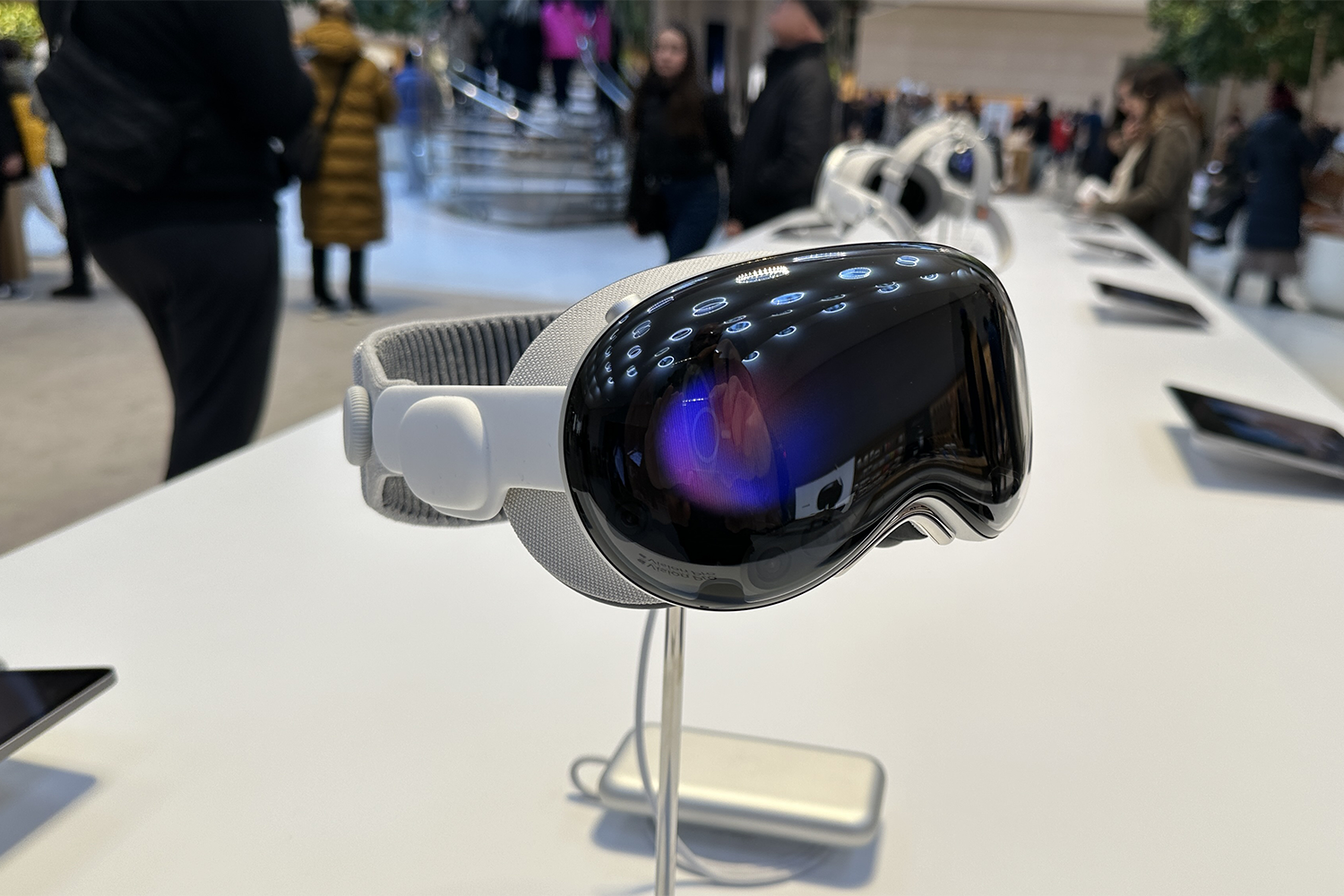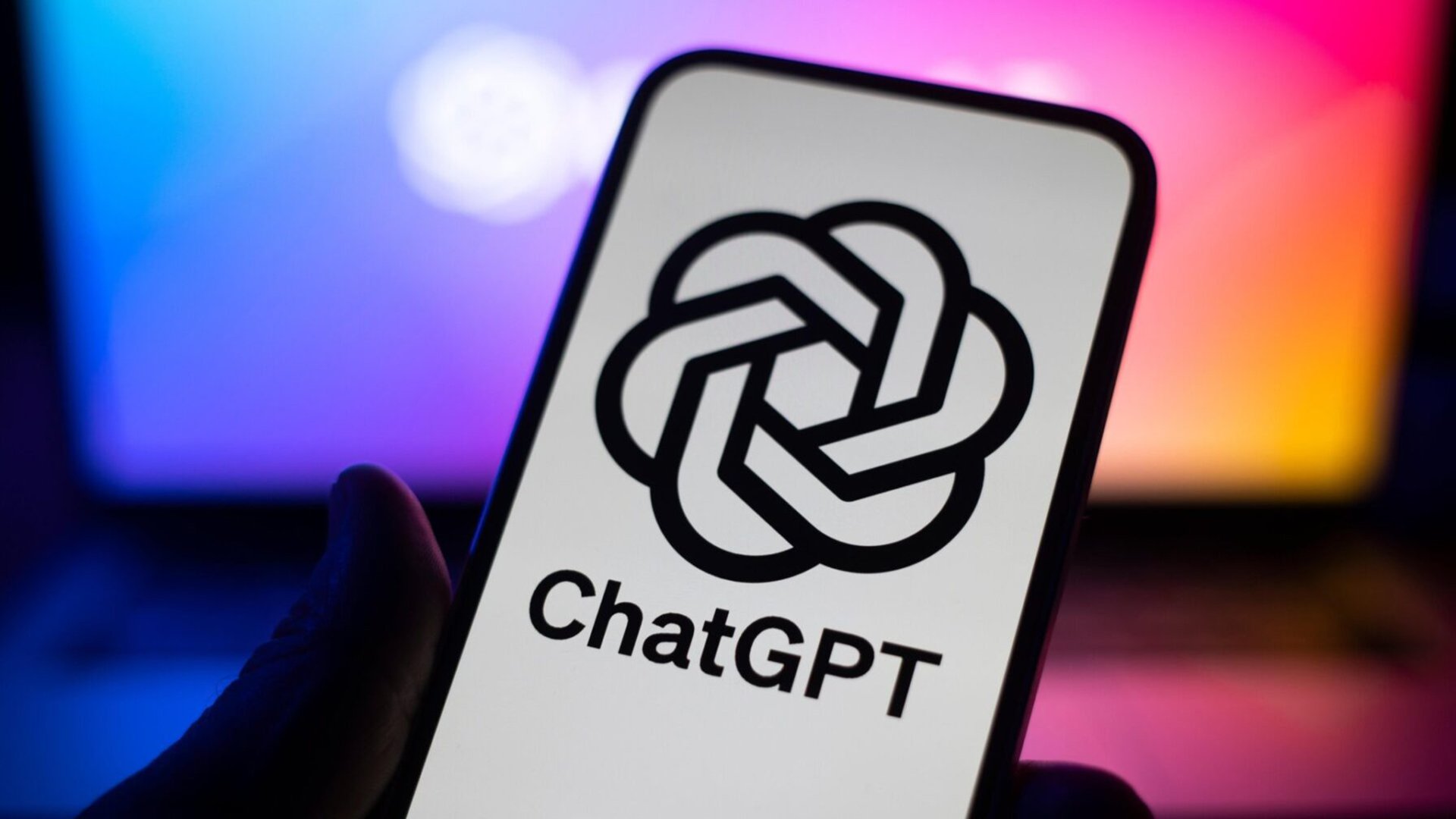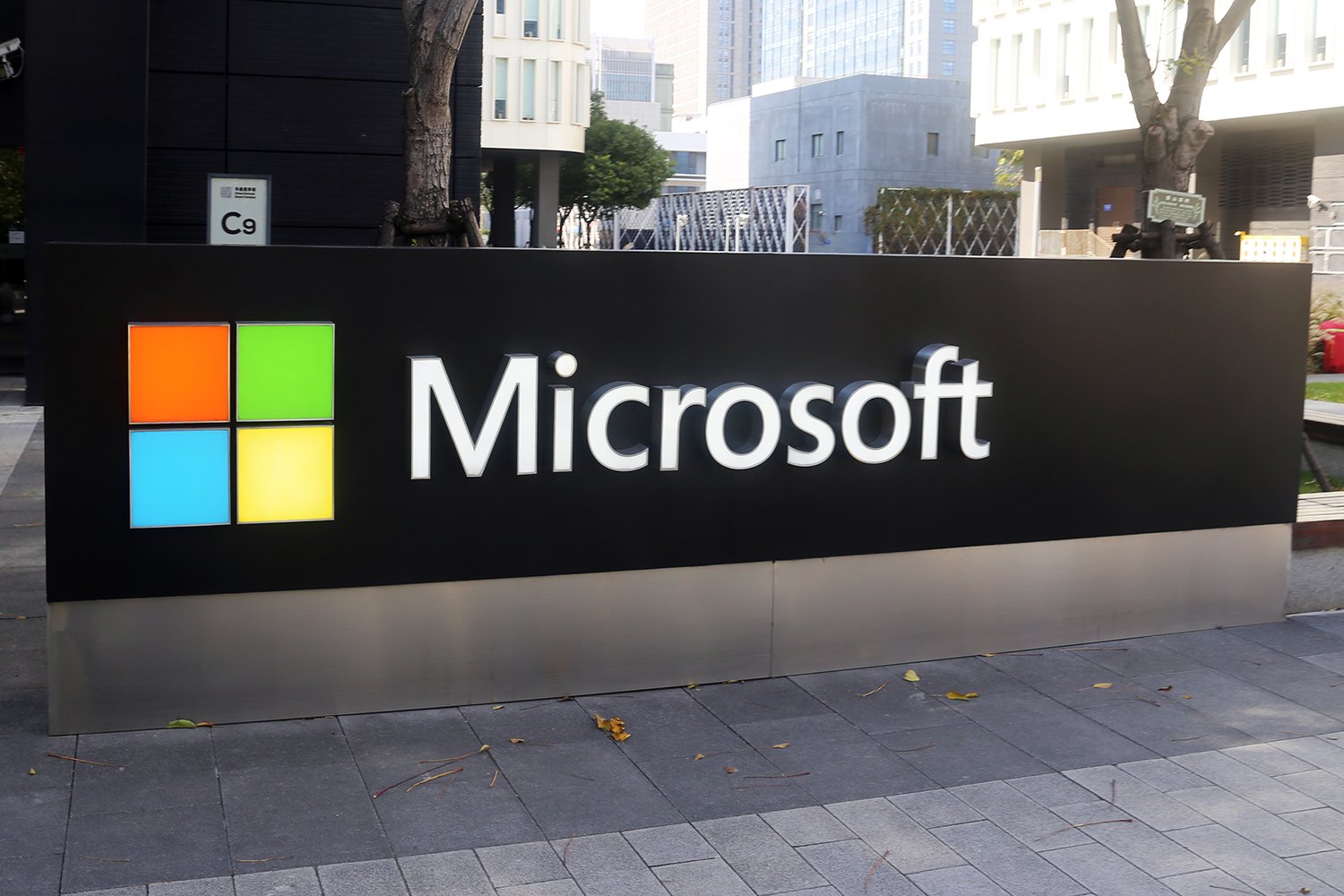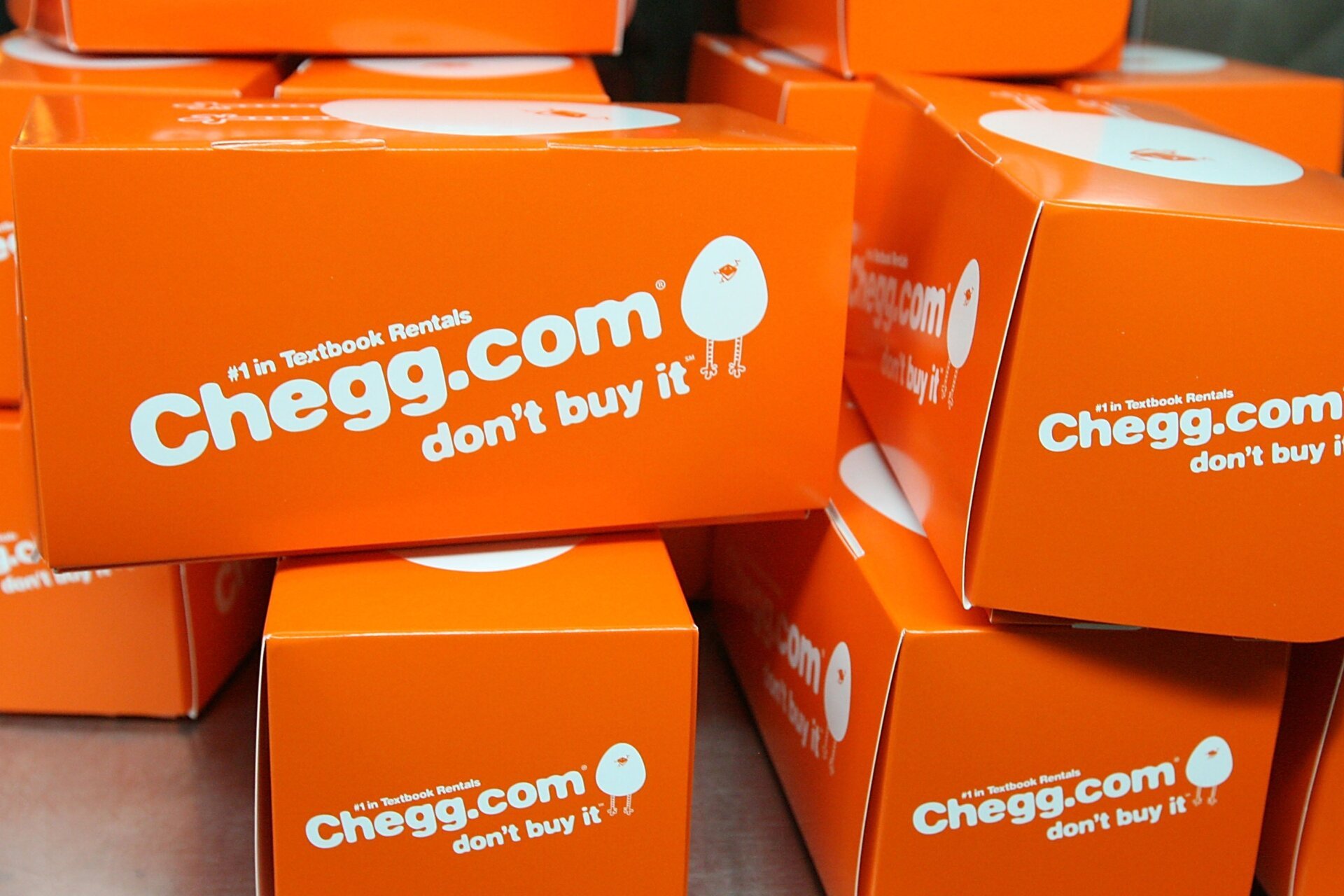OpenAI is reportedly gearing up to release GPT-4.5, potentially as early as next week, followed by GPT-5 in May. These new models promise significant advancements in AI capabilities, but will they truly revolutionize the field?
According to sources cited by The Verge, Microsoft plans to host OpenAI’s new GPT-4.5 model next week. While official announcements are still pending, the anticipation for GPT-5 is building, with a possible release date coinciding with Microsoft Build in May. OpenAI CEO Sam Altman has promised free, unlimited access to the “standard intelligence setting” of GPT-5 upon its release. Higher tiers of access, offering increased intelligence levels, will be available to Plus and Pro subscribers.
Microsoft’s interest in a May release for GPT-5 aligns with their annual developer conference, Microsoft Build. Last year, Microsoft introduced Copilot-powered PCs with integrated AI processing. Since then, they’ve continuously enhanced the Copilot experience, incorporating it into various applications like Microsoft 365, Github, Dropbox, and Windows 11.
GPT-4.5, also known as Orion, represents OpenAI’s final non-chain-of-thought model. This means it precedes the integration of the o3 reasoning model, which is designed to enhance fact-checking capabilities within GPT-5. OpenAI believes this integration will be crucial for broader accessibility. The “chain-of-thought” approach aims to mimic human reasoning by breaking down complex problems into smaller, manageable steps. This advancement could potentially lead OpenAI to claim progress towards Artificial General Intelligence (AGI), although their definition of AGI may differ from the commonly accepted understanding.
While these new models are expected to achieve improved reasoning benchmarks, the key question remains: will they lead to tangible, real-world changes in how users interact with AI? Increased capability and efficiency, as promised by OpenAI, don’t necessarily translate to new, practical applications.
Recent competition from China’s DeepSeek AI model, developed at a fraction of the cost of GPT-4, has put pressure on OpenAI. DeepSeek reportedly achieves similar or superior benchmarks, prompting accusations of copying from OpenAI and Microsoft, ironically considering the training data used for GPT. With GPT-4.5 and GPT-5, OpenAI has the opportunity to demonstrate its continued leadership in the field, not just to users but also to investors.
In conclusion, OpenAI’s upcoming GPT-4.5 and GPT-5 models hold promise for advancements in AI. However, their true impact remains to be seen, and their success will depend on whether they deliver tangible benefits beyond improved benchmarks. The competition from DeepSeek adds another layer of complexity, highlighting the ongoing evolution and challenges within the AI landscape.











